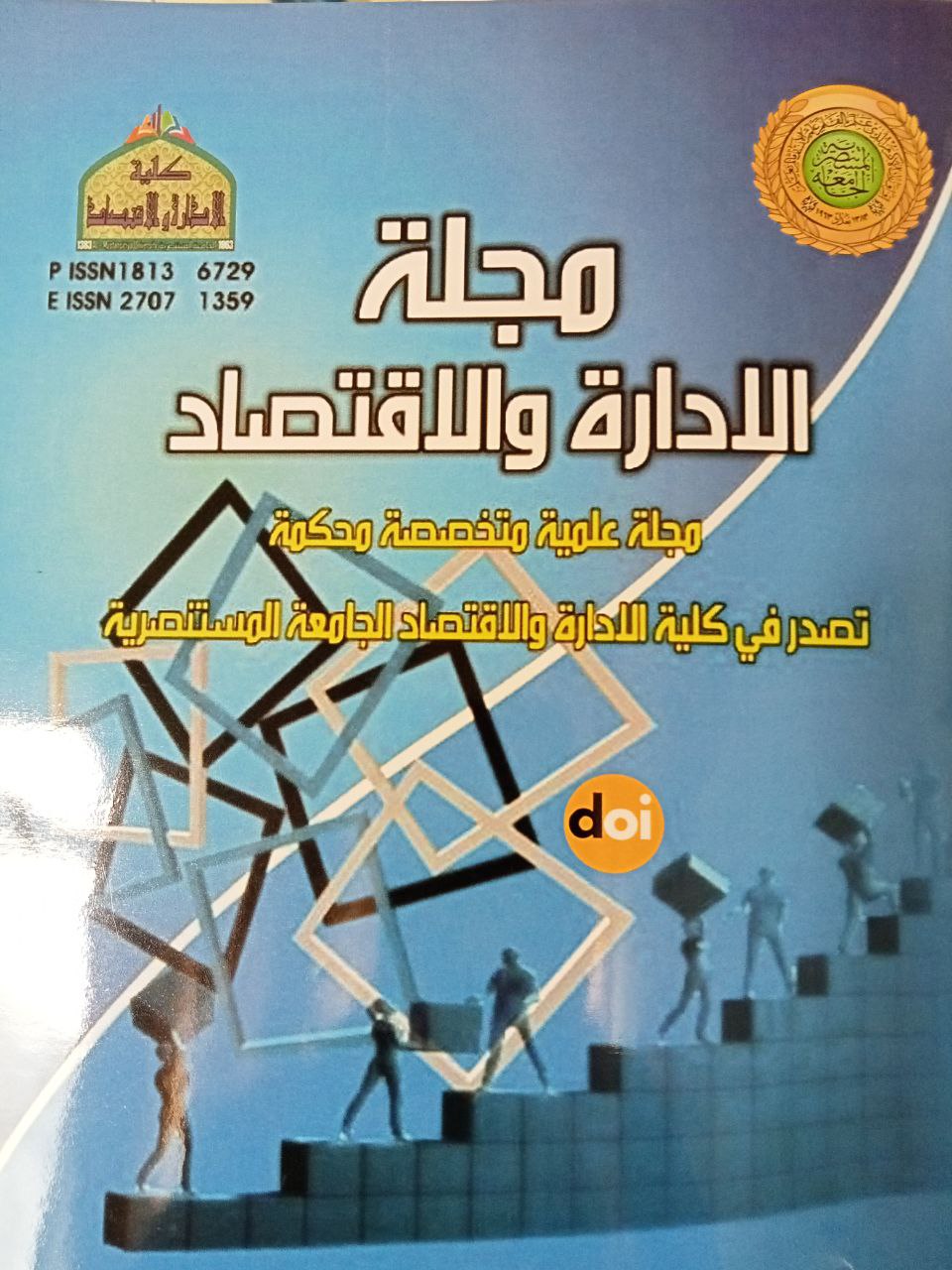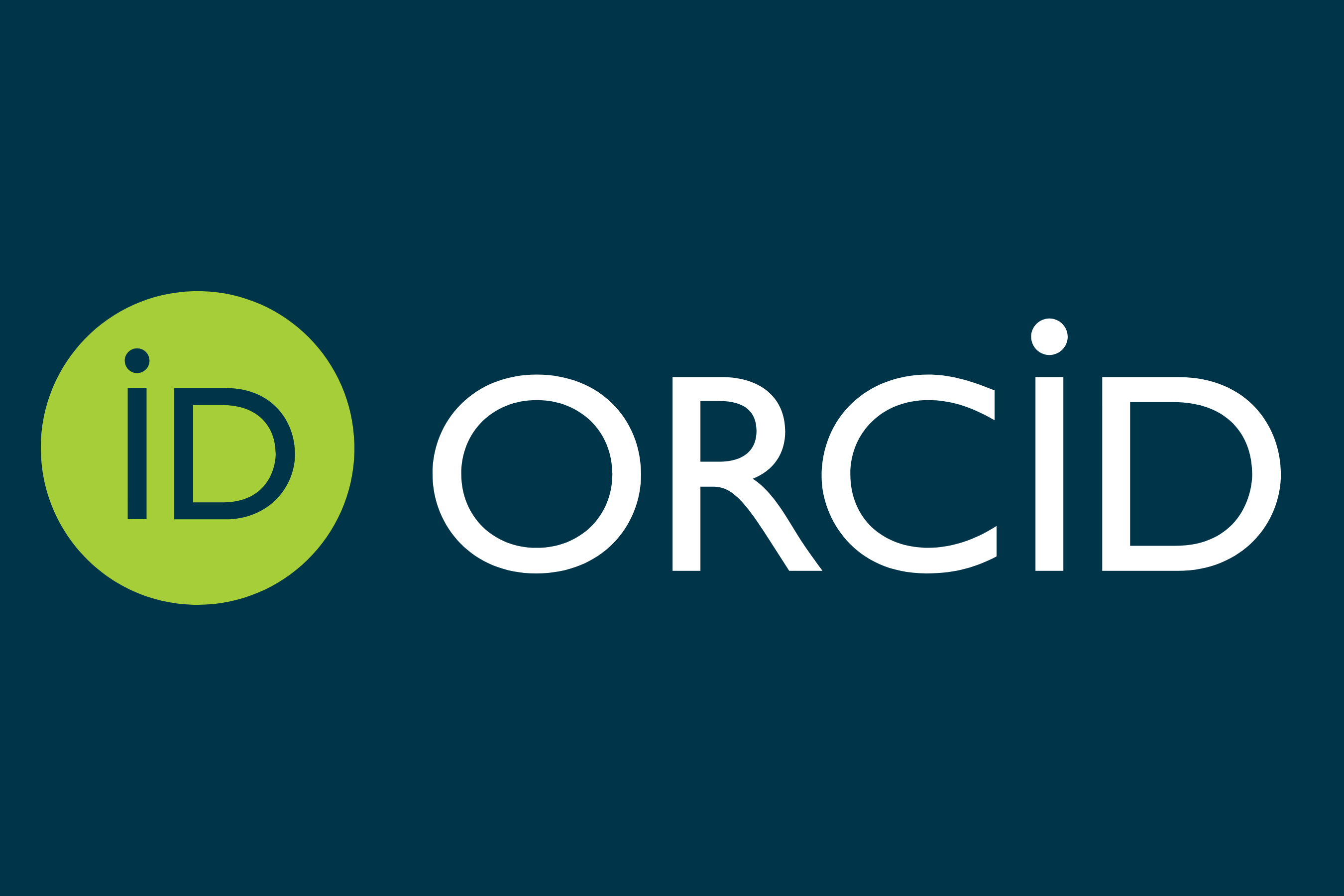Autoregressive modelling of the heterogeneous threshold of the shares traded for some companies in the Iraqi Stock Exchange with a practical application
DOI:
https://doi.org/10.31272/jae.i132.672Keywords:
Bayesian Information Criterion, Ljung-Box, maximum, Likelihood Method , ForecastingAbstract
Although linear time series models have wide applications for economic phenomena in general, they are not able to capture the behaviour of many economic phenomena and applications, especially financial ones. This type of series is characterized by modelling the kinetic state of the phenomena of asymmetry, structural changes, threshold, and others. Therefore, this shortcoming in linear modelling led to the emergence of non-linear models, which are models of various formats and not a model in one general format, as is the case in linear modelling.
In order to overcome this shortcoming, most recent studies have adopted non-linear modelling, and (Tong, 1978) was one of the first who made a qualitative leap in the application of this type of model that depends on the analysis of the dynamics of financial and monetary time series and others, including the threshold model for non-self-regression homogeneous (HTAR).
Our research aims to apply the (HTAR) model to a sample that represents the series of percentage changes in the shares of the Iraq Stock Exchange for the index (ISX60) for a group of companies. Research extracted from a master's thesis
References
1. Chappell , D., Padmore , J., Mistry, P., Ellis, C., (1996), “A Threshold Model for the French France-Deutschmark Exchange Rate”, Journal of Forecasting, c. 15: 155-164.
2. Brown ,B.Y. and Marino, R.S. (1989).”Predictors in dynamic nonlinear models: large sample behavior” , Econometrics Theory,5,pp 430-452
3. Crosi, F. (2009).” A Simple Approximate Long-Memory Model of Realized Volatility”, Journal of Financial Econometrics, Vol. 7, No. 2, 174–196.
4. Dacorogna, M., U. Muller, R. Dav, R. Olsen, and O. Pictet. (1998). “Modelling short term volatility with GARCH and HARCH models.” In Nonlinear Modelling of High Frequency Financial Time Series, ed. C. Dunis and B. Zhou, 161–76. Chichester, UK:Wiley.
5. Frances, H.P. & Van Dijk, D. (2000). “Nonlinear Time Series in Empirical Finance”. Cambridge: Cambridge University Press.
6. Galeanoa,P. and Peñab,D.(2007).” Improved model selection criteria for SETAR time series models .“, Journal of Statistical Planning and Inference , 137 pp.2802 – 2814.
7. Hansen, B. E.(1999) .” Threshold effects in non-dynamic panels: Estimation, testing, and inference “,Journal of Econometrics 93, 345}368.
8. Khan, M. H. (2015). “Advances in Applied Nonlinear Time Series Modeling”, Pakistan
9. Muller, U., M. Dacorogna, R. Dav, R. Olsen, O. Pictet, and J. von Weizsacker. (1997) .“Volatilities of different time resolutions – Analysing the dynamics of market components.”Journal of Empirical Finance 4: 213–239.
10. Perron, P. (2018). “Unit Root and Structural Breaks”. Econometrics, 1(8): 1-169.
11. Tong, H. & Lim, K.S. (1980), “Threshold Auto-regression, Limit Cycles and Cyclial Data”. Journal of the Royal Statistical Society, B42, 245-292.
12. Tong, H. (1990). Non-linear time series. A dynamical system approach. Oxford University Press, Oxford.
13. Chan, K. S. (1993). Consistency and Limiting Distribution of the Least Squares Estimator of a Threshold Autoregressive Model, The Annals of Statistics 21, 520-533.
14. Schwarz, G. (1978). “Estimating the dimension of a model”. Ann. Statist. 6, 461–464.

Downloads
Published
Issue
Section
License
The journal of Administration & Economics is an open- access journal that all contents are free of charge. Articles of this journal are licensed under the terms of the Creative Commons Attribution International Public License CC-BY 4.0 (https://creativecommons.org/licenses/by/4.0/legalcode) that licensees are unrestrictly allowedto search, download, share, distribute, print, or link to the full text of the articles, crawl them for indexing and reproduce any medium of the articles provided that they give the author(s) proper credits (citation). The journal allows the author(s) to retain the copyright of their published article.
Creative Commons-Attribution (BY)









